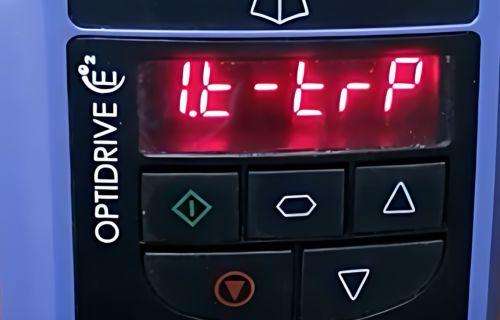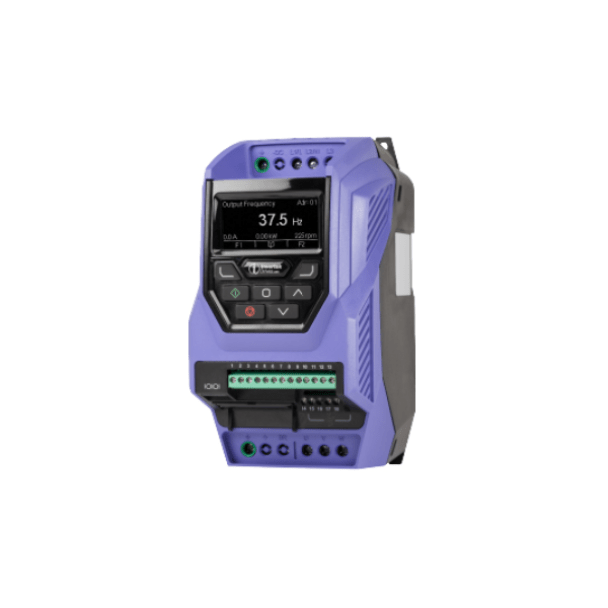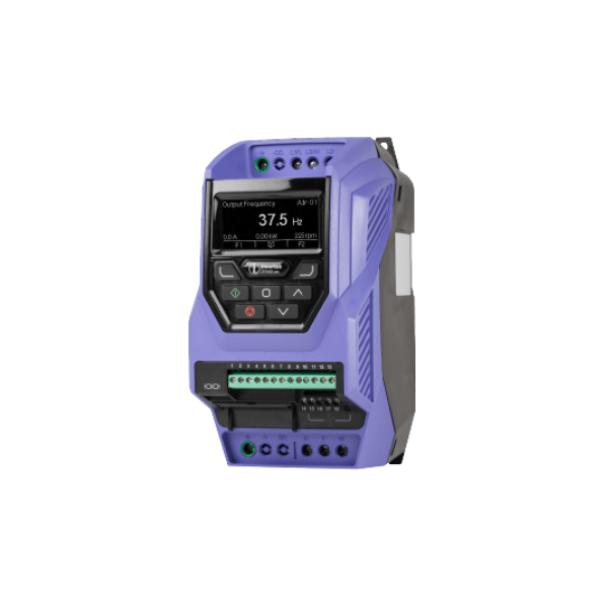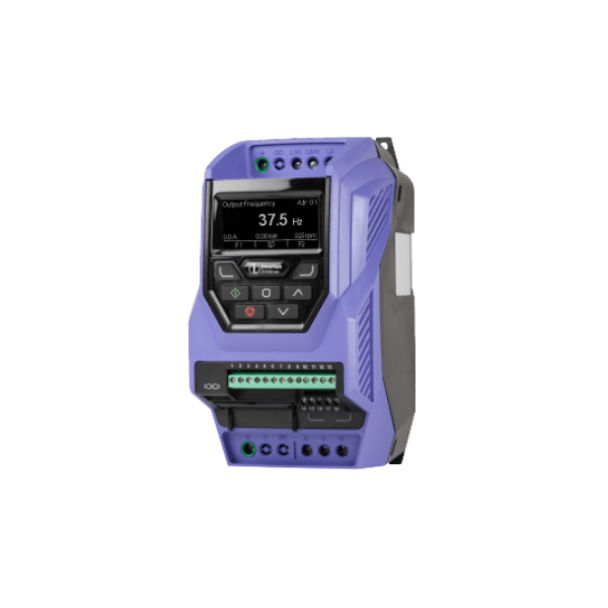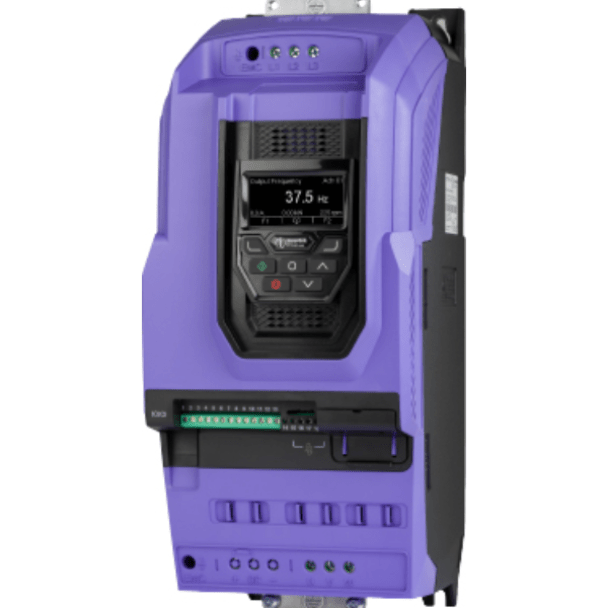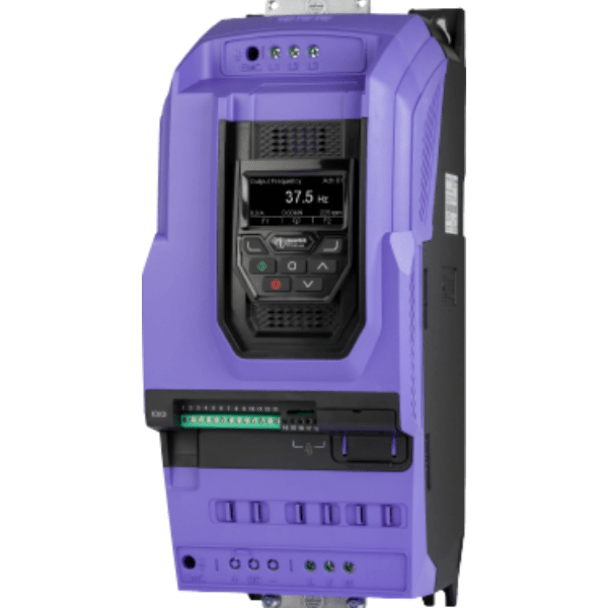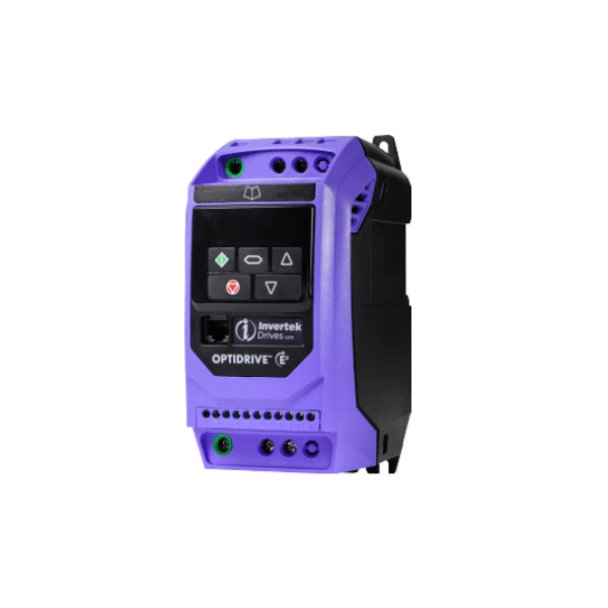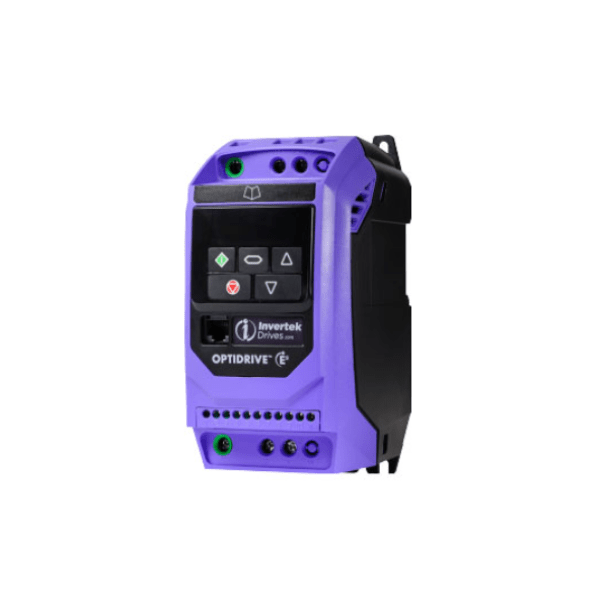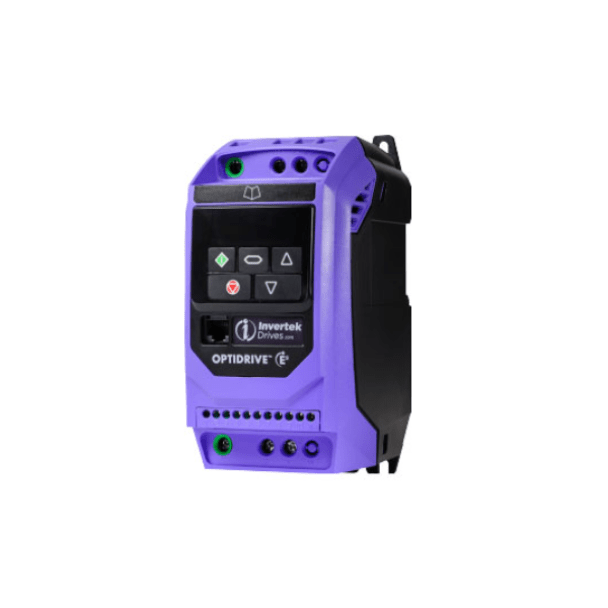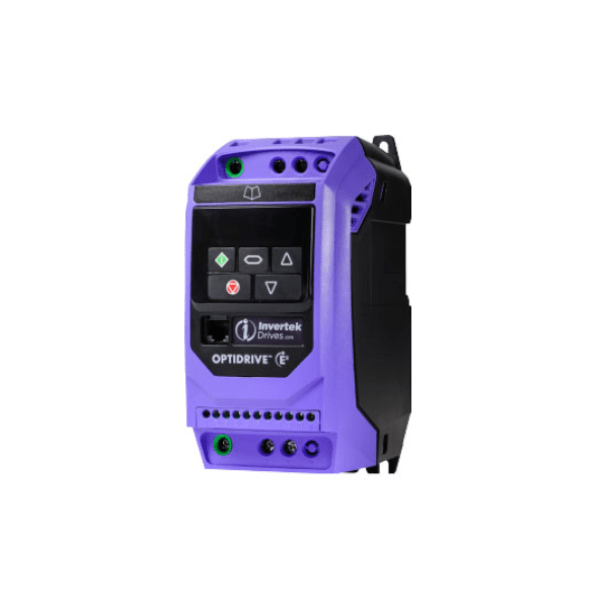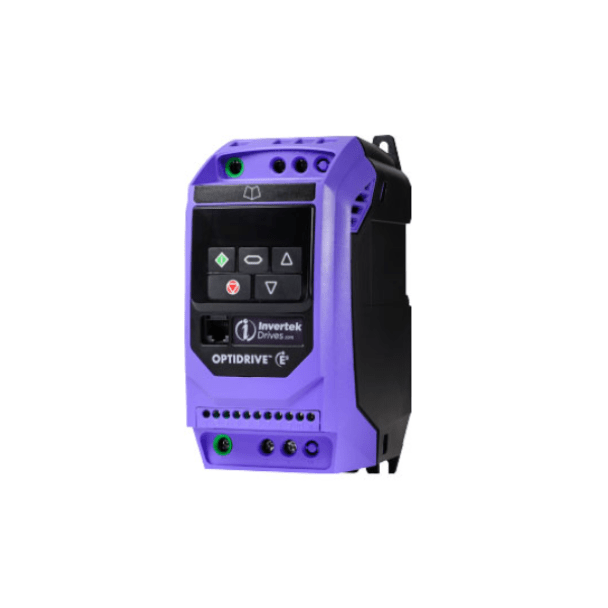What Causes VSDs to Trip on Low Output Frequencies?
Tripping is a safety mechanism designed to stop your variable speed drive (VSD) — also called Variable Frequency Drive (VFD) — and the connected motor before damage occurs.
If your VSD trips during operation, turn the power off and read your VSD instruction manual before turning your VSD back on for safety.
Reasons Why VSD Trips on Low Output Frequency
The common factors that cause trips on VSDs include voltage fluctuations (overcurrent, overvoltage, etc.), overheating, ground faults, and the VSD’s own protection mechanisms.
Your VSD could trip on low output frequency due to the following reasons:
Motor-related problems – e.g., In low speeds, the motor cooling fan may stop, which will cause the motor to overheat, thereby resulting to thermal trip.
Undervoltage
Load imbalance due to high starting friction
Harmonics or unwanted frequencies that get added to the electrical signal
It is important to understand that not all VSDs perform the same at low output frequencies. VSD performance can vary depending on its design, technology, and the specific motor it is running.
